Cabbagetown was first established in the 1840s, just outside of the newly created city of Toronto, as a northeast “suburb”. Parliament was the main north south road and Winchester Street the primary east west route in the area. For a time, Winchester Street continued east down the Don River valley, crossing over what was called Playter’s Bridge (later known as the Winchester Street Bridge) and becoming Winchester Drive east of the river. This connected with Danforth Avenue, and provided a link between the developing areas east of the Don (now Riverdale) and the growing city of Toronto. The bridge was rebuilt several times as the raging Don River, swollen by spring thaws, often swept it away. It was eventually demolished when the Prince of Wales Viaduct opened in the late 1910s making it redundant.
It was also around this time that Cabbagetown developed as a residential area. When the Irish Potato Famine brought a huge influx of Irish immigrants to Toronto in the 1840s and 1850s, the city’s population began to spread eastward to the Don River and north. Most of the houses built south of Gerrard Street were small cottages, home to the workers in the many industries that were established along the river: Gooderham & Worts Distillery, William Davies Company (pork processing and packing), Sheet Metal Products, several breweries, etc. In Cabbagetown, the Lamb’s Glue and Blacking Manufactory stood in what is now Wellesley Park. As well the Toronto General Hospital opened in the area, also providing a source of employment.
Times were tough for many of these immigrants and to help provide food, residents would grow vegetables, including cabbages, in their front yards, resulting in the area’s nickname of Cabbagetown. Cabbages were very popular as they grew in the area’s soil, kept well, and were versatile in the kitchen. The area south of Gerrard is actually the original Cabbagetown.
